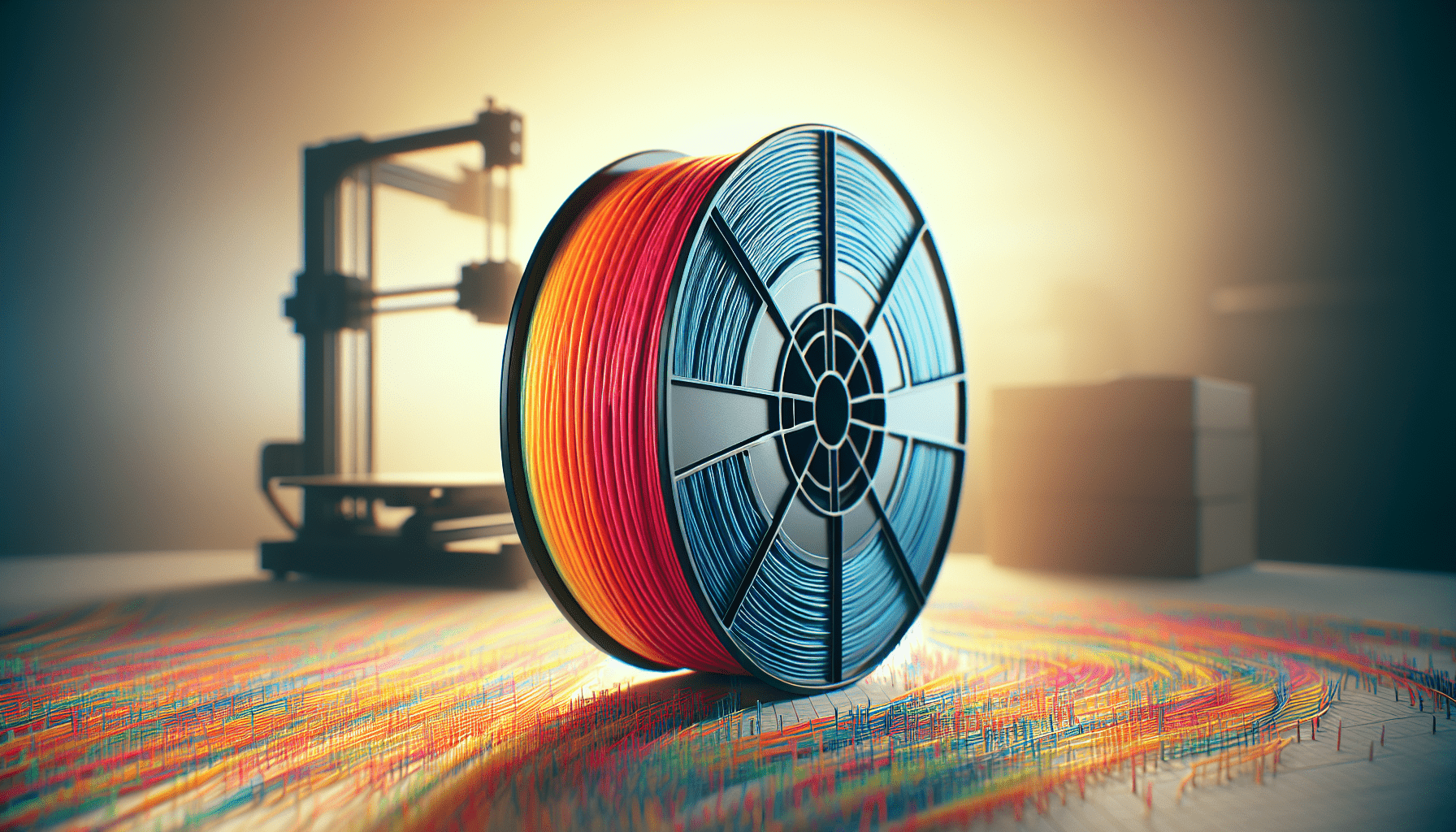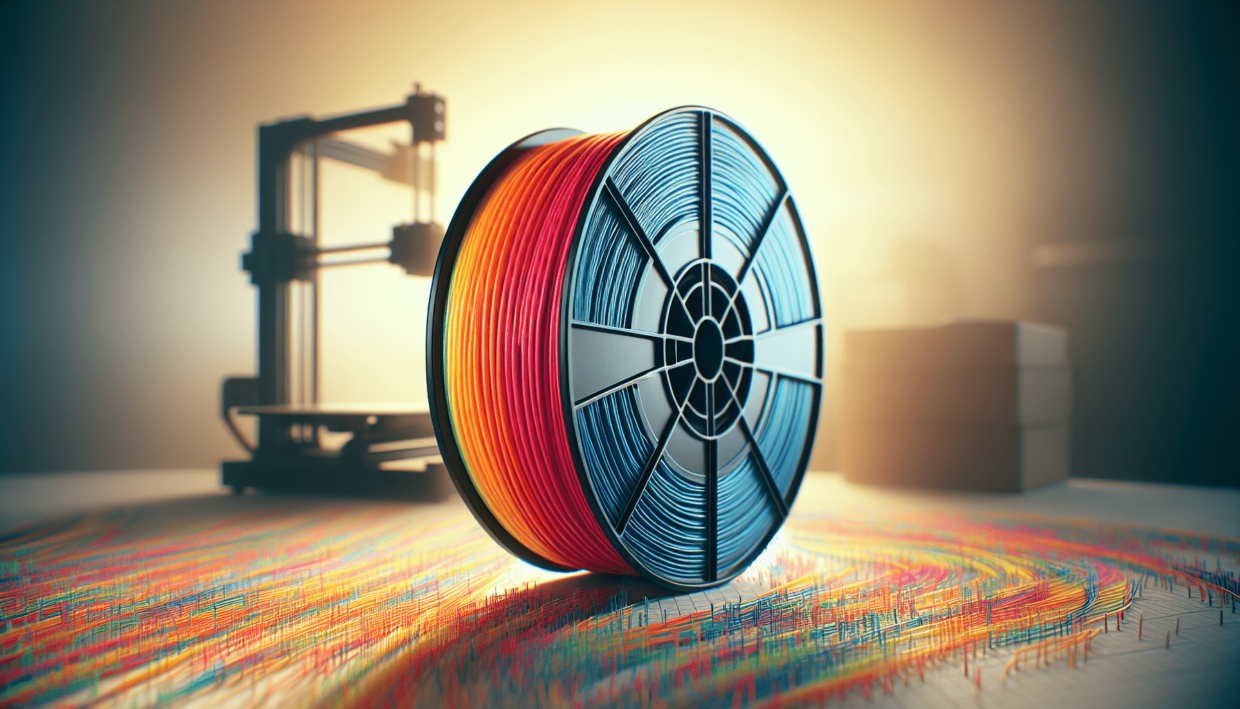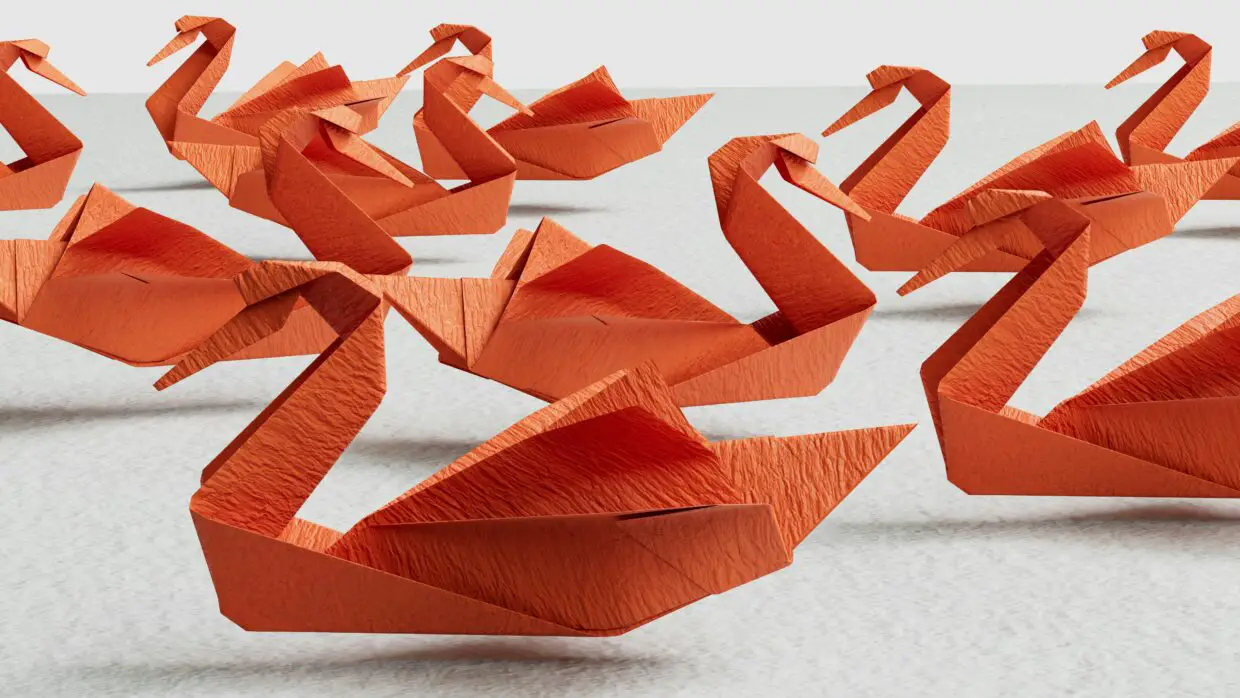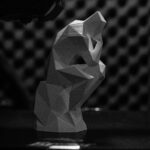
- arrow_back Home
- keyboard_arrow_right 3D Printing
Easiest 3D Printing Filament for Beginners and Use Cases

3D Printing Chris Wyatt 4 June 2024
In today’s ever-evolving world of 3D printing, choosing the right filament can make or break your early experiences. In our article, “Easiest 3D Printing Filament for Beginners and Use Cases,” we guide you through the most beginner-friendly filaments, their strengths, and ideal applications. Our focus is to help you navigate the diverse options, ensuring your projects are not only successful but also enjoyable from the start.
Ready to dive into the world of 3D printing? Let’s explore the easiest filaments that will have you creating like a pro in no time. Whether you’re printing fun figurines, practical household items, or intricate prototypes, we’ve got the insights and advice to set you on a smooth path. Have you ever wondered where to start with 3D printing, especially when it comes to choosing the right filament? For beginners, the choices can be overwhelming. The good news is, we’re here to make it easier for you! From understanding the easiest filaments to work with, to highlighting their best use cases, this article will guide you through the maze of options.

What Makes a Filament Beginner-Friendly?
Before diving into specific filaments, it’s essential to understand what makes a filament suitable for those just starting. The right filament should be easy to handle, require minimal post-processing, and have properties that allow for smooth printing.
Key Characteristics
- Ease of Printing: Minimal technical know-how should be required.
- Low Warp: Lesser chance of warping or curling at the edges.
- Good Adhesion: Sticks well to the print bed.
- Safety: Non-toxic and odor-free during printing.
- Affordable: Cost-effective for trial and error during the learning phase.
Now, let’s dive into some of the most beginner-friendly filaments.
PLA (Polylactic Acid)
When we talk about the easiest filament for beginners, PLA undoubtedly takes the crown. PLA is a biodegradable thermoplastic derived from renewable resources like cornstarch and sugarcane. It’s not only the go-to filament for novices but also quite popular even among seasoned professionals.
Why PLA is Ideal for Beginners
- Ease of Use: PLA is incredibly user-friendly due to its low printing temperatures, typically between 180°C to 220°C.
- Minimal Warping: PLA has low shrinkage and minimal warping, making it easier to print even larger models.
- Adhesion: It adheres well to the print bed without needing heated beds or adhesives.
- Non-Toxic: PLA is generally considered safe and does not emit harmful fumes.
- Post-Processing Friendly: Easy to paint, sand, and cut.
Use Cases for PLA
Though easy to use, PLA’s applications are quite broad:
| Use Case | Description |
|---|---|
| Prototyping | Perfect for quick prototypes due to ease of printing and post-processing. |
| Educational | Ideal for educational purposes, including school projects and demonstrations. |
| Hobby Projects | Great for making figurines, toys, and art projects. |
| Architectural Models | Used for creating detailed and visual architectural models. |
Cons of PLA
While PLA is excellent for beginners, it does have a few downsides:
- Lower Heat Resistance: Not suitable for high-temperature applications.
- Brittleness: Can be more brittle compared to other filaments like ABS.
ABS (Acrylonitrile Butadiene Styrene)
ABS is another popular filament, though slightly more challenging to work with compared to PLA. However, for those looking to up their 3D printing game, ABS is a worthwhile filament to explore.
Why Consider ABS?
- Strength: It’s known for its durability and can withstand higher impacts compared to PLA.
- Heat Resistance: Can endure higher temperatures, typically between 210°C to 250°C.
- Smooth Finishing: Post-processing like acetone smoothing can give a glossy finish.
Use Cases for ABS
ABS is often used in the following scenarios:
| Use Case | Description |
|---|---|
| Functional Prototypes | Durable prototypes that require higher strength and impact resistance. |
| Automotive Parts | Commonly used in automotive industry for making robust components. |
| Enclosures | Suitable for electrical or machinery enclosures due to its durability. |
| Consumer Products | Toys, gadgets, and other consumer items requiring higher strength. |
Challenges with ABS
- Toxic Fumes: Emits toxic fumes requiring proper ventilation.
- Warping: Has higher chances of warping, needing a heated bed and enclosed printing environment.
- Difficulty in Printing: Slightly more challenging for beginners compared to PLA.
PETG (Polyethylene Terephthalate Glycol-Modified)
PETG is like the best of both PLA and ABS, combining ease of use with strong mechanical properties. It’s becoming increasingly popular among hobbyists and professionals alike.
Why PETG is a Good Choice
- Durable and Flexible: Offers a good balance between flexibility and strength.
- Chemical Resistance: Resistant to chemicals and moisture.
- Easy to Print: Easier to print than ABS, without requiring an enclosed chamber.
- Safe: Emits less odor and is considered non-toxic.
Use Cases for PETG
Suitable for a wide range of applications, PETG can be used in:
| Use Case | Description |
|---|---|
| Functional Parts | Ideal for parts requiring durability and minor flexibility. |
| Bottles and Containers | Often used for making water bottles and food containers. |
| Mechanical Components | Gears, brackets, and other mechanical parts benefit from PETG’s strength. |
| Cosmetic Prints | Shiny, glossy prints that require minimal post-processing. |
PETG’s Downsides
- Stringing: More prone to stringing, requiring fine-tuning of settings.
- Higher Printing Temperatures: Typically requires a temperature range of 220°C to 250°C.

TPU (Thermoplastic Polyurethane)
For those looking to venture into flexible filament, TPU is the way to go. While it may not be the easiest filament to start with, it’s definitely rewarding for those who master it.
Why Choose TPU?
- Flexibility: The most flexible among the common filaments, great for bendable and stretchable parts.
- Durability: Highly durable and resistant to abrasion.
- Shock Absorption: Ideal for parts that need to absorb impacts.
Use Cases for TPU
Thanks to its unique properties, TPU is used in specialized applications:
| Use Case | Description |
|---|---|
| Wearables | Common in creating flexible watch bands, phone cases, and other wearables. |
| Automotive | Used in parts needing vibration and shock absorption. |
| Medical | Suitable for prosthetics and other flexible medical components. |
| Gaskets and Seals | Excellent for producing flexible seals and gaskets. |
Challenges with TPU
- Tough to Print: Requires a slow print speed and careful tuning.
- Stringing Issues: More prone to stringing.
- Printer Compatibility: Not all printers are well-suited for TPU, requiring a direct drive extruder.
Nylon
Nylon is another filament that offers a fantastic blend of strength, flexibility, and durability. While it’s more advanced compared to PLA or ABS, it’s a great choice for those looking to tackle more complex projects.
Benefits of Nylon
- Exceptional Strength: One of the strongest filaments available.
- Flexible: Offers a balance between strength and flexibility.
- Wear Resistance: Highly resistant to wear and tear.
Use Cases for Nylon
Given its robustness, Nylon is used in high-performance applications:
| Use Case | Description |
|---|---|
| Engineering Components | Gears, screws, and mechanical parts requiring high strength. |
| Tools and Functional Parts | Durable parts that can withstand high stress and impact. |
| Textile | Used in 3D printed fabrics and clothing components. |
| Outdoor Gear | Durable components for outdoor and sporting goods. |
Nylon’s Drawbacks
- Moisture Sensitivity: Absorbs moisture from the air, requiring storage in a dry environment.
- High Printing Temperature: Requires a temperature range between 240°C to 260°C.
- Print Bed Adhesion: Needs a well-conditioned print bed to avoid warping.

Comparison Table of Filaments
For quick reference, here’s a comparison table summarizing the key points of each filament discussed:
| Filament | Ease of Use | Printing Temp | Strength | Flexibility | Post-Processing | Safety | Cost |
|---|---|---|---|---|---|---|---|
| PLA | Easiest | 180°C-220°C | Moderate | Low | Easy | Non-Toxic | Affordable |
| ABS | Moderate | 210°C-250°C | High | Moderate | Moderate | Toxic | Affordable |
| PETG | Moderate | 220°C-250°C | High | Moderate | Easy | Non-Toxic | Affordable |
| TPU | Challenging | 210°C-230°C | High | High | Difficult | Non-Toxic | Moderate |
| Nylon | Challenging | 240°C-260°C | Very High | Moderate | Moderate | Non-Toxic | Higher Cost |
Conclusion
Choosing the right filament is a crucial first step in your 3D printing journey. As we’ve discussed, PLA is the easiest and most suitable filament for beginners, offering ease of use, minimal warping, and broad application. As you gain more experience, you can experiment with other filaments like ABS, PETG, TPU, and Nylon, each offering unique benefits tailored for specific uses.
Remember, 3D printing is as much about learning and experimenting as it is about producing tangible objects. Don’t be afraid to try different filaments and find what works best for your projects. Happy printing!
By understanding the properties and best use cases of these beginner-friendly filaments, you’ll be well on your way to mastering the art of 3D printing. We hope this guide has demystified the subject and made you more confident in your filament choices. Ready to start printing? Let’s make something amazing!
About Ultimate 3D
Learn everything there is to know about 3D Printers and the different components and printing materials.
Site Links
Copyright 2024 Ultimate 3D










Be the first to leave a comment